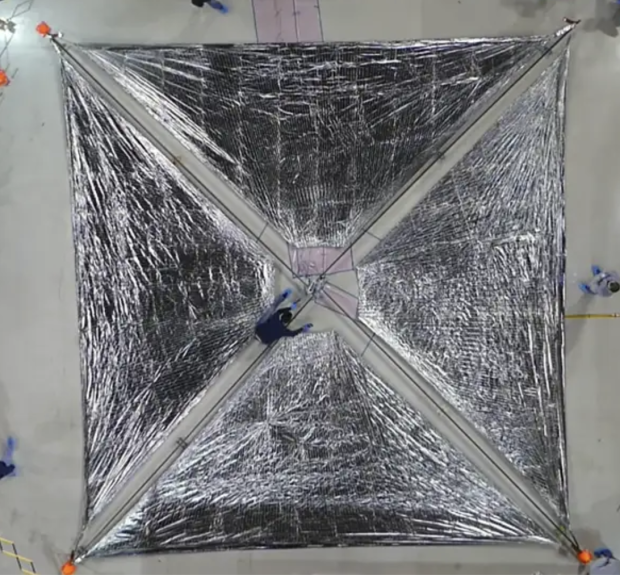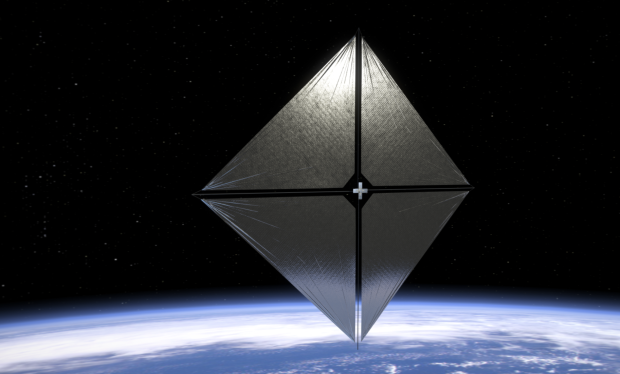NASA is preparing to launch its massive solar sail into space on the back of a rocket to test the power of sunlight and determine whether it will be a viable means of propulsion to traverse the solar system.
The technology seen in the 2002 animated Disney movie Treasure Planet is about to be tested in space by NASA, as the space agency has announced via its blog that its very own solar sail is about to be transported into space on Tuesday, April 23, aboard a Rocket Lab Electron rocket. NASA explained that the CubeSat for the mission will be deployed 600 miles above Earth, which is about twice the altitude at which the International Space Station (ISS) orbits the planet.
Once in position, the CubeSat, which is approximately the size of a microwave oven, will undergo a two-month-long system check that will then be followed by the deployment of its solar sail. When fully unfurled, the solar sail will be as big as half a tennis court. The test will consist of many up and down maneuvers to hopefully prove the solar sail is able to use sunlight as a viable means of propulsion.

How does it work? It's quite simple: the Sun radiates photons, or light, in all directions continuously, and when these photons collide with the solar sail, they bounce off, generating a tiny amount of momentum that's transferred into the sail and creates push. With a surface level of approximately half a tennis court and the means of controlling the direction the sail is facing, the push could be enough to have an extremely low-cost means of solar system transportation.
NASA writes on its website that it will take approximately 25 minutes for the solar sail to fully deploy, which will all be captured by spacecraft-mounted cameras that will be monitoring the shape and symmetry of the deployment. Furthermore, once the sail is fully unfurled, there is a chance it will be visible from Earth as NASA writes that when at the correct orientation, the sail's extremely reflective material will result in it appearing as bright as the star Sirius, which is the brightest star in the night sky.

If this technology proves to be viable, researchers have previously theorized that solar sails could be used for cheap, high-speed missions to distant locations, as Earth will be able to blast the solar sail with a constant stream of photons, speeding up the spacecraft to speeds beyond chemical rockets.
A solar sail is just like a normal boat sail, but instead of wind, it uses light from the Sun.



